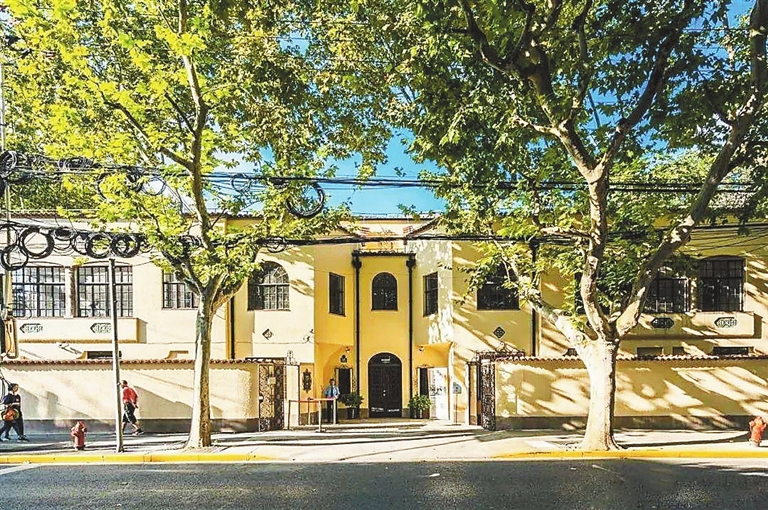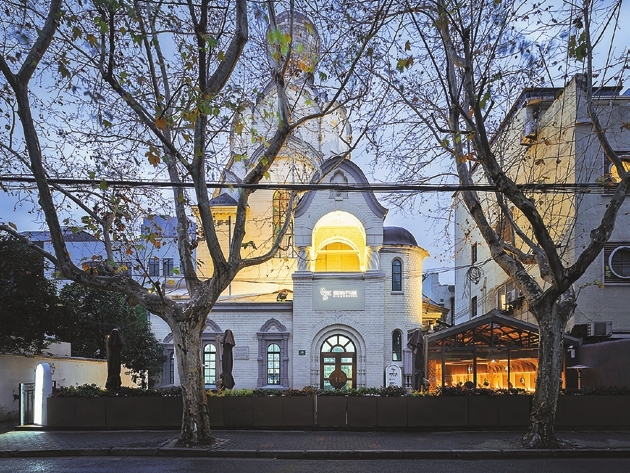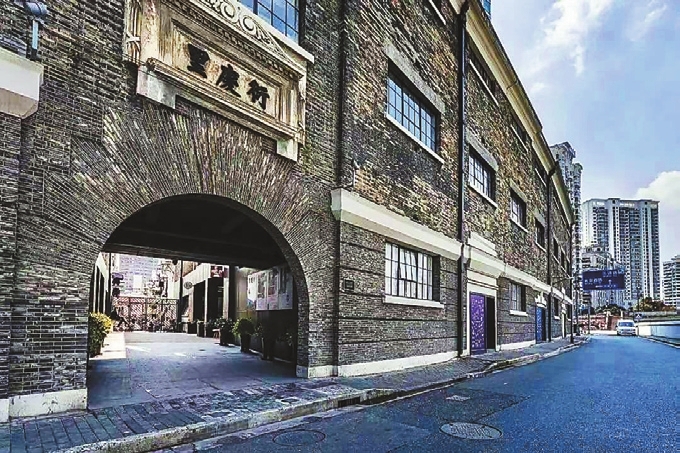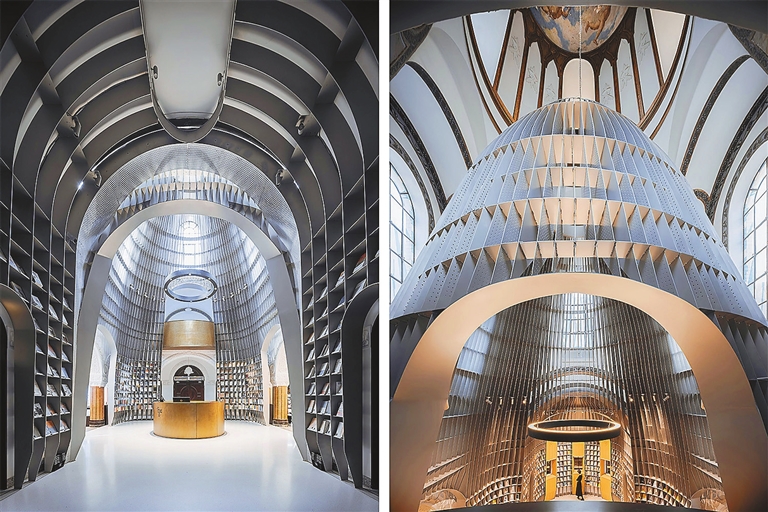



THE history of Shanghai’s concessions from 1845 to 1943 has brought many pains to the city. In the film “The Eight Hundred” directed by Guan Hu, the bloody scene in the Sihang Warehouse located on the north bank of Suzhou River forms a strong contrast with the bustling singing and dancing scenes on the south bank of the river in the British and American concession areas. This is a real reflection of Shanghai’s concessions of the time that led to the title of “a country within a country.” However, the concessions have also created a cradle of diversified cultures in the history of modern Shanghai. Adventurers and architects from all over the world have constructed buildings with varied styles, adding a new touch to the city skyline. What’s more surprising is that all those near-hundred-year-old buildings have found a new soul by having been transformed into modern landmarks. Join us as we take you to a trip to eight new-born old buildings that emerged as a consequence of the concessions. Yanqing Li Built in 1929, Yanqing Li is located in the Shanghai International Settlement (the 1863 merger of the British and American concessions). The banks of the Suzhou River are the core of the Shanghai International Settlement. This Shikumen-style warehouse construction with black bricks, gray tiles and wooden structure is the only British-style modern architecture in Shanghai and is rated as an “excellent historic building in Shanghai.” In 2018, it had its first renovation finished since the past century, changing it from an old warehouse into a fashion landmark in Shanghai. It once served as Shanghai Fashion Week’s main show venue. Nowadays, you can check out the fashion buying shops and terrace cafe shops here. Jianye Li Built in 1930, Jianye Li was built in the original French Concession. It’s one of the few well-reserved Shikumen (literally meaning “stone-framed door”) buildings in Xuhui District. Shikumen is a traditional Shanghai-style architecture combining Western and Chinese elements from the 1930s. The gates of these houses are made of solid and thick wooden boards painted in black, and the door frames are made of stone; hence the name Shikumen, or stone gate houses. In 2017, Capella Shanghai, an all luxury Shikumen villa hotel in Shanghai, opened here. The hotel offers one, two and three-bedroom Shikumen villas, which blend historical Shanghai-style courtyard living with Parisian design flair. Its French restaurant le Comptoir de Pierre Gagnaire has won “1 Star Michelin Restaurant” recognition for two consecutive years. The Cloisters Apartments The Spanish-style building known as The Cloisters Apartments, at 62 Fuxing Road W., is not and has never been a cloister. It was first built in 1930 and is located in the original French Concession. It was once a knitting yarn factory and residence of the owner. Later it housed the offices of the Hunan Road subdistrict and many parts of the two-story structure — balconies, fountains and mosaic floors — have been preserved. After two years of renovation, the building reopened last year to the public for free with a new name “Hengshan Road-Fuxing Road Historical and Cultural Area Exhibition Hall” to showcase the history, culture and stories behind the architecture on Hengshan and Fuxing roads. St. Nicholas Russian Orthodox Church Located in the former French Concession of Shanghai, the church was built in 1932 for the huge influx of Russians who arrived in Shanghai in the 1930s. Formerly the building was home to a French restaurant on the ground floor called Ashanti and a Spanish one in the basement called La Boca. It has been a protected monument since 1994. At the end of last year, a new bookstore with a focus on poetry was unveiled in this historic building — Sinan Books. It offers more than 1,880 titles, including 600 foreign volumes. Walking into the store, you see a large, cage-like bookshelf that is divided into different sections representing the poet’s countries . The store’s inner structure was designed as a “house within a house,” that separates the building’s extensions from the original church to protect the historic building. (Chen Xiaochun) | 
